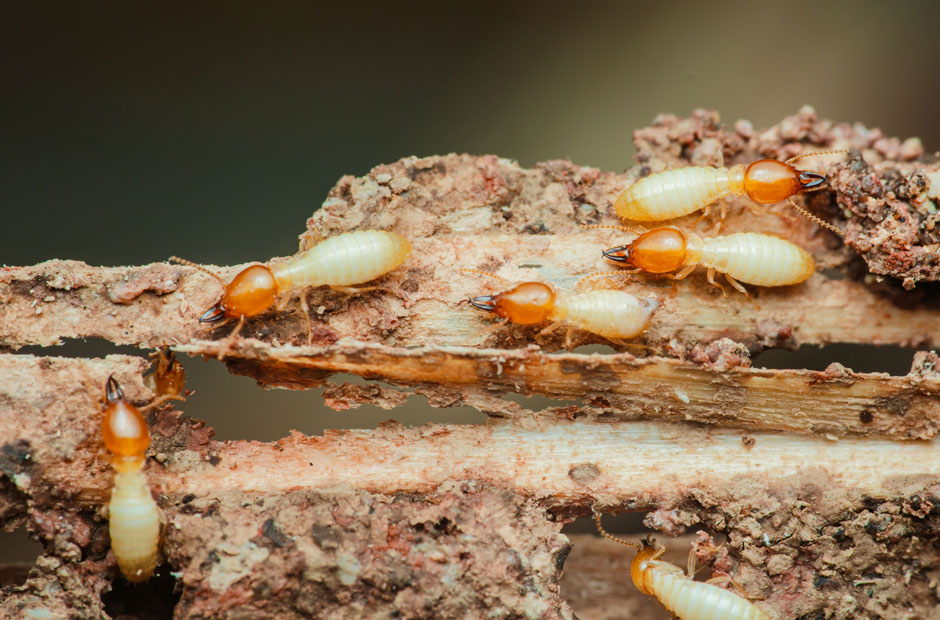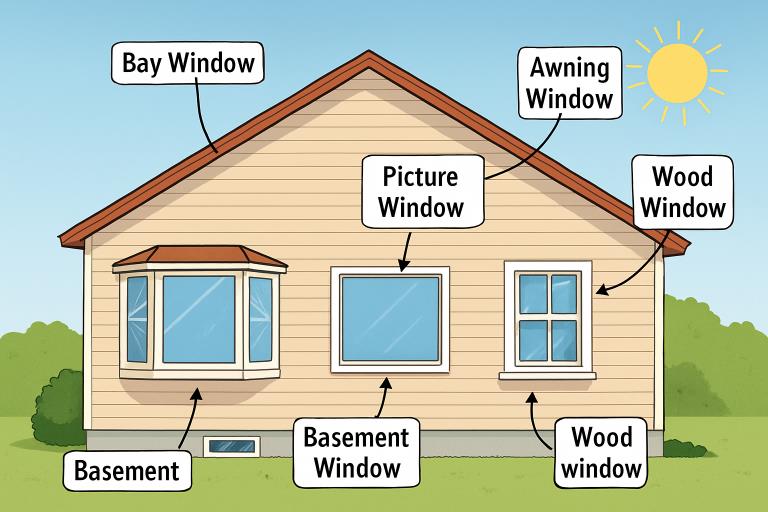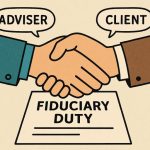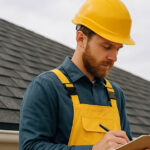Now Reading: How Arborists Assess Tree Risk and Safety
-
01
How Arborists Assess Tree Risk and Safety
How Arborists Assess Tree Risk and Safety
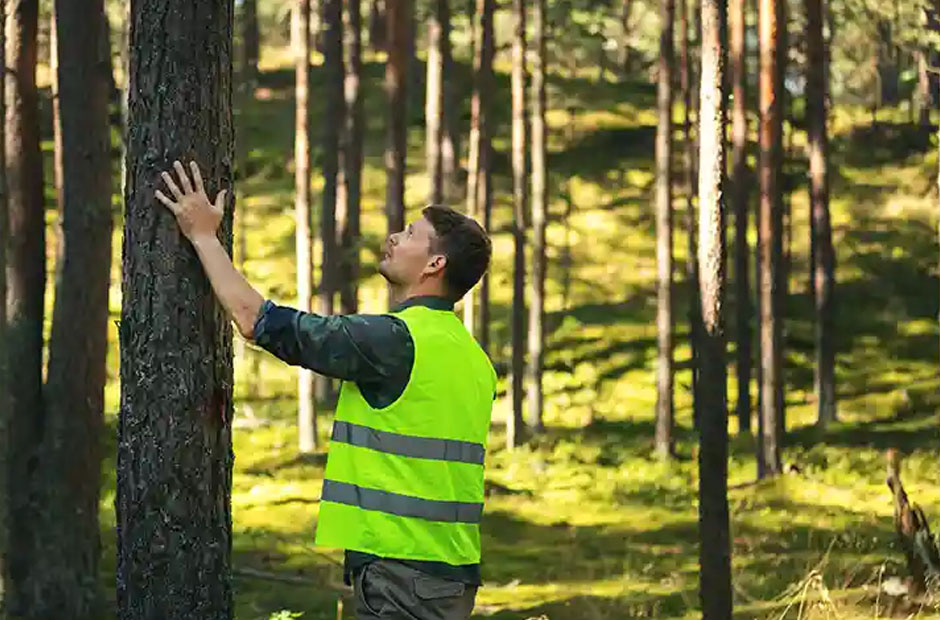
Falling trees can cause property damage and personal injuries, while diseases and pests can compromise tree health and increase the risk of failure. Professional arborists can evaluate trees to identify potential hazards and address safety concerns before they lead to serious damage. Here are a few ways tree care experts assess safety risks:
Visual Inspections
When an arborist visits your home, they begin with a thorough visual inspection of your trees. These inspections look for cracks, cavities, fungal growth, and dead branches that signal weakness or decay. Arborists inspect the trunk and canopy carefully for signs of damage or stress. They also assess environmental factors, such as soil conditions, drainage, and wind exposure, all of which affect the tree’s stability. Other assessments include identifying nearby structures and powerlines, which are potential targets if a tree or branch falls.
Visual inspections and site evaluations help the arborists assess how external elements contribute to tree risk. If the issue is compacted soil that limits root growth, the arborist may suggest aeration services. For pests and diseases, integrated management practices minimize infestation and tree damage. Inspections help identify issues early before they cause major structural failure and damage.
Structural Integrity Testing
Visual inspections may be supported by diagnostic tools and techniques that help detect hidden decay or structural weaknesses. Some methods involve probing the wood to gauge its density and reveal internal cavities and cracks. Experts also examine the root area for underground damage or disease. These assessments help specialists identify potential problems, determine which trees may need extra support or pruning, and decide when a tree might require removal due to serious defects.
Stability Assessment
Assessing a tree’s root zone and overall stability involves examining where the trunk transitions into the root system to detect structural weaknesses or compromised roots. Arborists may use specialized excavation tools or imaging techniques to uncover hidden problems that could affect anchorage, such as root decay or uneven root distribution. Trees with damaged or poorly developed roots are more prone to leaning or being uprooted during storms. Remedial actions can include selective root pruning, soil adjustments, or creating conditions that encourage deeper root growth.
Soil characteristics around the tree, including moisture levels and compaction, also play a key role in stability. Waterlogged or compacted soil can limit root expansion and reduce anchorage, increasing the risk of tipping. Evaluating these conditions helps determine necessary interventions, which may involve aerating the soil, improving drainage, applying mulch, or installing support systems like cabling to enhance root development and tree stability.
Ongoing Monitoring
Maintaining tree safety is an ongoing practice that involves routine monitoring and follow-up inspections. After the initial inspection and tree service, the arborist may schedule follow-up visits to monitor growth, root development, and wound closure. They also track seasonal changes and severe weather, which affect tree stability.
During each inspection, the arborist collects detailed observations on tree structure, health, and surrounding conditions to assess the likelihood of failure. These findings are used to categorize risk levels, such as low, moderate, high, or extreme. This helps prioritize maintenance and intervention efforts. Based on the assessment, the arborist may suggest removing weak or overextended branches or addressing soil or root issues that compromise stability. In some cases, they may recommend replacing high-risk trees with species that are better suited to the site, reducing the probability of damage or injury in the future.
Speak To Experienced Arborists Today
Professional tree care allows you to prevent failure that can lead to accidents and damage to your home or surrounding property. An arborist will determine if the tree should be treated and supported or removed and replanted. Contact experienced local arborists today to find out more about their tree services.


